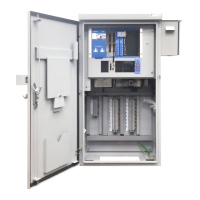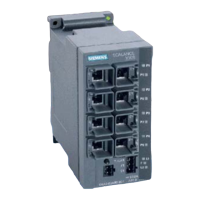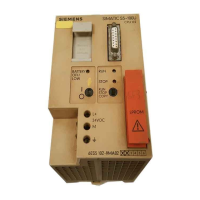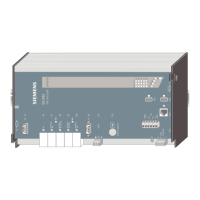7.3.8 Terminate the cable armouring
The outer sheathing must be stripped to expose the armouring. It is suggested that
between 15mm and 30mm of the inner sheathing Is left above the CET bar. A
further conductor length must also be allowed, sufficient to reach the terminal
blocks via the proper routing.
The cable is inserted in the CET ring and the armoured wires are bent outwards
and down against the ring. A hose clip is then placed over the armoured wires and
tightened up. The cable sleeve must be stripped from the armouring approx. 0 to
2mm below the level of the CET ring. See Figure 50 for details.
The inner sheathing is removed to expose the individual leads, which are connected
to associated terminals, leaving sufficient spare length for re-making off the ends
should this become necessary. Unused leads should be left with sufficient length to
enable them to be connected to any terminal should this subsequently become
necessary.
When the detector loop tails have been terminated, the connection to the Loop
Detector Termination Board must be made with wires twisted together as pairs.
Cables must be identified as to their destinations. Additional cable idents may be
required on specific contracts.
After the site cabling has been terminated, additionally check:
The cable connections to the CET bars are tight
The street cables are terminated correctly into the appropriate connectors.
7.3.9 Cable Testing
Site cabling must be tested against the requirements of the following:
667/HE/20664/000 – Installation and Commissioning Handbook – Installation
Testing (General)

